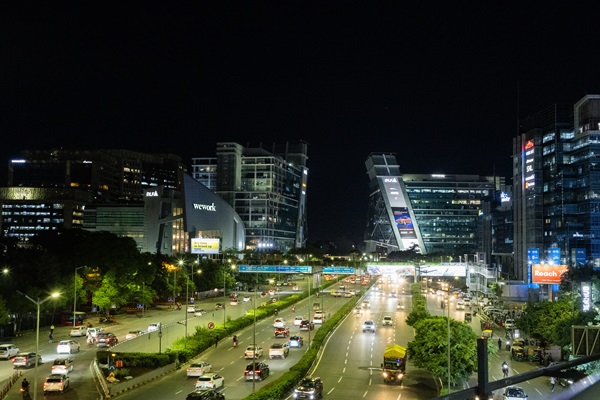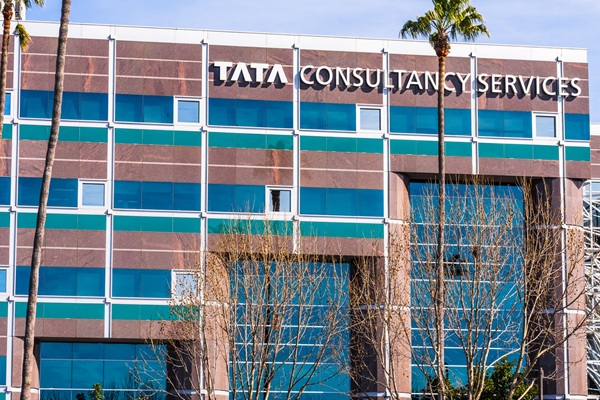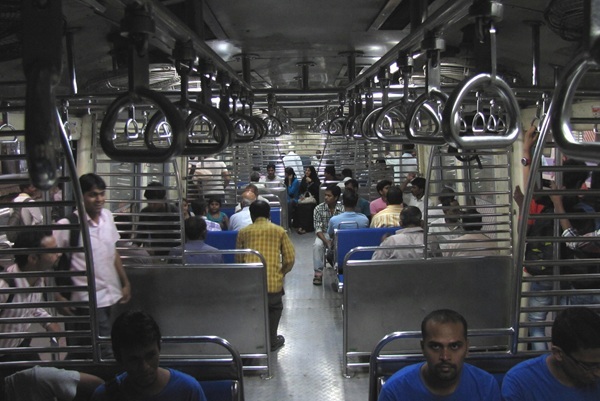.png)
Policy Expert Ajay Shankar says Trump’s Visa Shock is America’s Loss, Not India’s
Trump’s visa shock hurts America more than India. New Delhi must use its market and talent strengths to stay firm.

By BasisPoint Insight
September 22, 2025 at 7:59 AM IST
US President Donald Trump's decision to raise the H-1B visa fee to $100,000 would effectively kill the programme that has, for decades, allowed America to attract the best talent from around the world and helped it maintain leadership in the global technology race.
While Indian IT companies doing business in the US will be affected, the impact may be manageable, but a bigger impact will have to be borne by American businesses that critically depend on talent brought through H-1B visas.
The worst affected will be Indian IT employees who account for the bulk of these visas.
That apart, the latest move also adds another layer to the ongoing trade negotiations between India and the US and opens up another channel through which Trump would be seeking to mount pressure on India. How should India respond?
Eminent public policy expert and former industry secretary in the Union government, Ajay Shankar, spoke to Rajesh Mahapatra on India's options and a possible way forward.
Here is the link to the video.
Excerpts from the interview.
Q: What is your initial reaction to President Trump's announcement to raise the H-1B visa fee to $100,000?
What he has done now is, at one level, in keeping with his election promise of ending immigration, shutting a key route to a green card and US citizenship. I don't think he recognises, or his MAGA supporters recognise, that the H-1B programme, by which the US was able to attract the brightest minds from across the world, helped America maintain its technological leadership over countries like Japan, Germany, and now China. By this one decision, he has stopped the ability of the frontier technology firms in the US from being able to compete with the Chinese, giving them a decisive advantage in the global technology race.
As far as India is concerned, Indian firms that do business in the US have already been reducing their dependence on H-1B visas over the years. So, while there will be some cost disadvantage, some pain, the shock will be quite manageable. They're not going to get hurt badly; it's the US economy and the US companies which will get hurt badly.
On the other hand, India has evolved considerably over the last 10 to 15 years. Almost all global firms have centres in India where they do technology development, R&D design, etc., and that adds to their global competitiveness. India also now has a very dynamic, vibrant startup ecosystem. With the door to Silicon Valley closing, more of India's bright, talented engineers may be encouraged to start their own companies and pursue cutting-edge technology work within India, leading to wealth and job creation at home.
Q: Given that there were recent signs of a thaw in trade negotiations between India and the US, is this H-1B visa announcement a major setback? Is the US genuinely interested in a trade deal, or is it just trying to squeeze more out of India?
Another way to view it is that the US is likely trying to get as many concessions from India as possible. The harsh rhetoric and punitive actions, like the previously imposed tariffs, could be intended to intimidate India into agreeing to terms that are most favourable to the US. President Trump prides himself on striking hard bargains that he talks about in (his book) The Art of the Deal.
India’s ideal course of action would be to ignore the rhetoric, keep working constructively in the negotiations to get a deal that is win-win for both sides, but not act on the premise that we can't bear the pain that the US is inflicting upon us. So the negotiating position has to be that we can live with pain. We are a poor country; we can live with whatever pain you want to inflict on us, but we will not compromise on fundamentals or our self-respect.
Q: India must be prepared for some inevitable short-term pain for long-term gain. Is that what you are suggesting?
While India is aware of these strengths, it has not yet thought strategically about how to leverage them, especially as the world moves towards mercantilism and the US weaponizes trade. Recognising these strengths should give India the patience to be firm in negotiations.
Q: With the H-1B visa issue, President Trump seems to have opened a new channel to pressure India, this time on services, in addition to the existing pressure on goods trade. How should India deal with this?
Once the US side discovers that India will not go on its knees, then both countries can return to being the good strategic partners they have been for the last 25-30 years and negotiate a win-win situation. The key is to remain patient, not react to the strong rhetoric, and continue negotiating in good faith.
Q: Is showing resolve enough? The continued pressure suggests there is a perception that India is vulnerable, perhaps due to its domestic economic challenges, and can be bullied. Will that perception change?
We have enormous challenges and we have to come to terms with them. We have to find the right solutions. However, India has the stamina to bear this pain without capitulating. The Indian economy bounced back from the enormous negative shock of the severe COVID-19 lockdown as proof of its resilience.
Also, what the US does not seem to recognise is that there's enormous goodwill for the US among the people of India. Beyond a point, it will turn into a kind of animosity, if the current impasse is not resolved.
Q: You've said that "success has to begin with success at home" and that India needs to revisit certain fundamental issues underlying its own economy. What can India do internally to seize this opportunity and build economic resilience?
The first is the belief that we are doing very well, we are the fastest growing large economy, we are the third or fourth largest economy, etc., etc. So, there is a sense of complacency. That is, in my view, a bit of a handicap because it makes you intellectually lazy; you don't want to think hard.
The other are the inherited legacy mindsets. We have always believed that a strong currency means a strong economy; depreciation means weakening of the economy and political mismanagement of the economy. That's a complete fallacy. What matters in the economic world is the real exchange rate, which is the difference between the formal rate and the change in the difference in the inflation rates with our trading partners.
According to the RBI, there has been an 8% real exchange rate appreciation since 2015 because of higher inflation in India. An international source put it at 18% since 2005. An appreciation in the real exchange rate amounts to a lowering of import duty and thus makes domestic manufacturing uncompetitive. If we were to just maintain the real exchange rate, a lot of the problems that our industry is facing, manufacturing in particular, would come down.
Secondly, we have had this division in thinking between the Commerce and Industry Ministries. We have till now not got into the habit of taking a holistic view of the domestic market as well as the export market and we need to do that. If you look at any other great, successful industrial power, the first success that firms achieve is in the domestic market. Once you become strong in your domestic market and competitive, you also have the confidence and the energy to go out and sell in foreign markets. We don't have a coherent way of thinking and strategising as to how we can succeed in producing more and creating greater value for the domestic market, and then succeed in global markets.
We have to think hard about how to strategize and increase domestic value addition, increase domestic jobs, increase market share in the domestic market for goods made in India and then look outwards.
Q: What you're saying is that the success of trade policy is tied to what kind of industrial policy is being pursued and vice versa. Both need to go hand in hand, right?
A: It has to be one coherent way of looking at things. To just illustrate a little, there is no way you can be competitive in manufacturing if you don't address the costs of manufacturing, taking the hard decisions to lower the cost for the producer. The political economy of India is biased in favour of consumers. If you respond more to the producers' interest, you'll be creating more wealth and jobs in the country.
Similarly, there is the major settled view that has evolved in which we believe we need not intervene in the market and, therefore, we are unable to think of the state assuming a greater responsibility in the market to get us to compete successfully in producing in India for the domestic market and then exporting..
There's a whole change in mindset that I'm suggesting.



